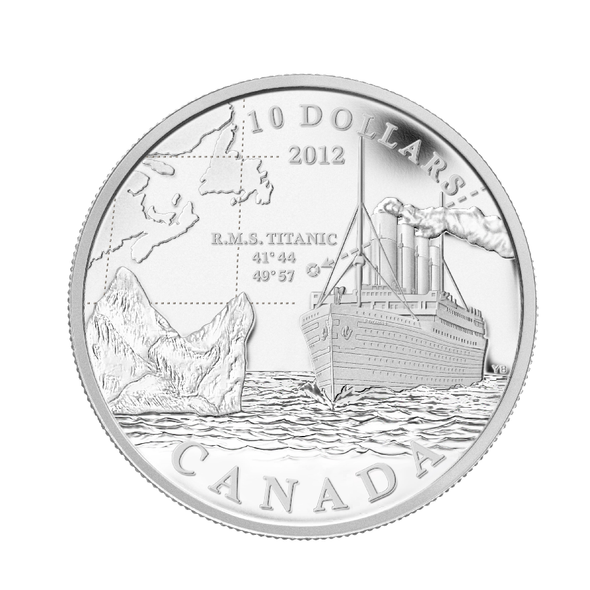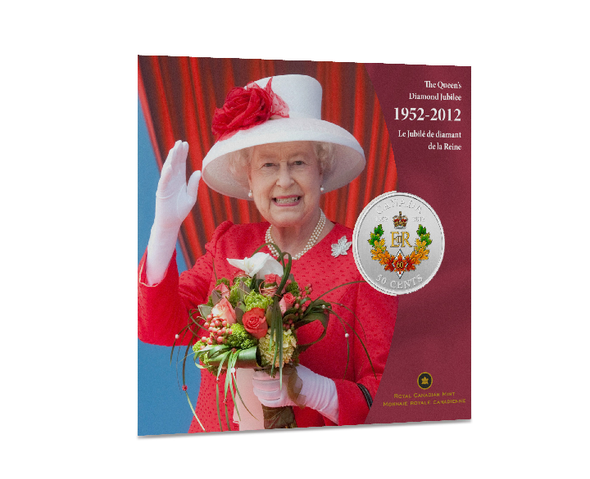Description
Unprecedented Luxury, Unparalleled Calamity: The Tragedy of RMS Titanic
Early evening, April 14, 1912: Major Arthur Peuchen of Toronto, having just returned to his well-appointed cabin, C-104, after a midday swim, peels a ripe orange as he looks over the gifts he collected for his wife and children while in Europe. He examines a lovely pearl pin he found in France for Margaret and sits gracefully in the mahogany armchair by the bed, recalling that he will be dining with his friend, Harry Markland Molson, this evening. It was Peuchen himself who persuaded Molson to sail home aboard the newly launched steamship. Unbeknownst to Peuchen, by morning, the luxury that surrounds him and the companion he admires will lie beneath the sea. Peuchen will be among the lucky few to escape with their lives.
Outside in the hall, railroad magnate Charles Melville Hays, president of Canada's Grand Trunk railways, shakes hands with his friend, American Colonel Archibald Gracie. Hays and his first-class companions will discuss 'progress' and the growing opulence and speed of travel. To while away the hours as he makes his way to Ottawa for the grand opening of the sumptuous Chateau Laurier hotel, Hays will sip cognac and speculate with his companions about hubris and disaster. By morning, he and they will be gone.
But for now, outside the painted glass windows and mother-of-pearl-encrusted interiors that surround them, the setting sun greets these men and women on their relentless journey westward aboard RMS Titanic.
Notable Beginnings
The Titanic's ill-fated life began with great fanfare in 1908, when the White Star Company announced its plans to beat all previous records in shipbuilding with a cross-Atlantic steamship unmatched in passenger capacity, luxury, and reliability. Completed in February 1912 and captained by White Star Line admiral Captain E. J. Smith, the 270-metre vessel was longer than four city blocks, more than 53 metres tall, weighed more than 45,000 tons, and comprised ten decks and numerous compartments divided into fifteen bulkheads. Its massive steel bulk was held together by more than 3 million rivets.
An Ocean-Bound Paradise of Ease and Comfort
The Titanic's first-class passengers were among Western society's wealthiest and most notable citizens. Along with Peuchen, Molson, Hays, and Baxter, prominent first-class Canadians like the aptly named Fortune family of Winnipeg one of the country's wealthiest families-travelled with successful 37 year-old Winnipeg realtor Thomson Beatty and his best friend, Thomas McCaffry president of Winnipeg's Union Bank.
The Titanic's design had introduced unprecedented indulgences in sea travel for all of its guests. For first-class travellers, these included elegant public rooms as well as a salt-water swimming pool, Turkish baths, squash and racquetball courts, and a gymnasium that featured an electric horse and electric camel, rowing machines, and more all supervised by professional instructors. First-class accommodations included suites and cabins richly decorated in painstakingly researched period styles.
The second-class passenger list included tourists, academics, clergy, and middle-class families like the Mallet family of Montreal. The Mallets and their fellow second-class travellers would have enjoyed accommodations and services that exceeded those available in first class on other vessels.
Third-class travel on the Titanic, although much less lavish than that of the first and second classes, would nevertheless have been quite comfortable. These 'steerage' passengers were primarily immigrants starting new lives in Canada and the United States. Tragically, the passenger list included many large families traveling together to their new home who would never reach their destination.
Tragedy Strikes
At 11:40 pm on the night of Sunday, April 14, 1912, the most colossal and sumptuous steamer in the world collided with an iceberg in frigid North Atlantic waters, about 900 kilometers (600 miles) off the coast of Nova Scotia. When the Titanic broke apart and sank less than three hours later, approximately two thirds of the over 2,200 passengers and crew aboard lost their lives.
Canada Responds
After the original rescue of survivors by RMS Carpathia, which managed to rescue approximately 700 passengers and crew, several Canadian ships travelled from Halifax to the disaster area to recover victims' bodies and personal effects; these ships included the cable ships CS Mackay-Bennett and Minia, lighthouse supply ship Montmagny, and sealing ship Algerine. Each body they recovered was taken to Halifax, the city closest to the disaster with direct rail and steamship connections, where city officials had set up a temporary morgue and asked undertakers from across eastern Canada to help bereaved families locate their lost loved ones.
Two-thirds of the deceased were identified. The remaining 150 unclaimed persons were buried in one of three cemeteries in Halifax: the non-denominational Fairview Lawn Cemetery, the Roman Catholic Mount Olivet Cemetery, and the Jewish Baron de Hirsch Cemetery.
The Titanic's Compelling Tale Lives On
The tragic fate of RMS Titanic has long captivated the world's imagination. It is a story of doom rendered perhaps more tragic by the hope and beauty with which it began. In an age that measured itself in leaps of 'progress,' the story of the Titanic became an instructional tale about fate and hubris but also about sacrifice and honour. The year 2012 marks the 100th anniversary of this unprecedented steamship's fateful encounter with an iceberg and Canadians, along with people all around the world, commemorate the lives lost, sacrifices made, and hard lessons gained from this momentous event in our shared history.
Specifications:
Item number: 118359
Face Value: 50 cents
Mintage: 17,000
Composition: Silver plated copper
Weight (g): 32.82
Diameter (mm): 42
Edge: Serrated
Finish: Proof
Special Features:
- Designed by Canadian artist Yves Berube, the reverse features a finely detailed image of the bow of the colossal vessel as it steams westward on its tragic maiden voyage. Painted North Atlantic waters seem to shimmer and flow in its wake. The iceberg that sealed Titanic's fate lurks in the foreground. The commemorative image also features the words 'R.M.S. Titanic 2012.'
- This silver plated coin features finely detailed engraving that brings the spectacular details of Titanic to life.
- Selective painting lends the image colour and stunning dimensionality.
- A beautiful memorial of a powerful event that continues to capture the world's imagination.
- The perfect gift for Titanic buffs, history enthusiasts, and numismatic collectors seeking unique treasures for their collection.
Packaging:
Coin is encapsulated and presented in a maroon clamshell case lined with flock and protected by a black sleeve.
















